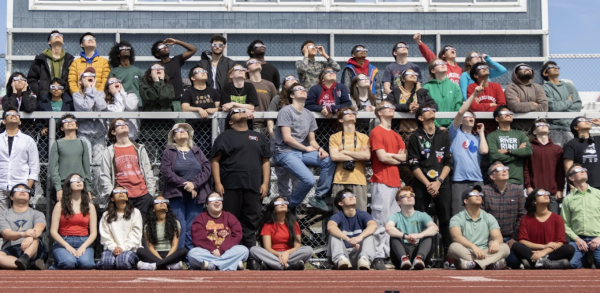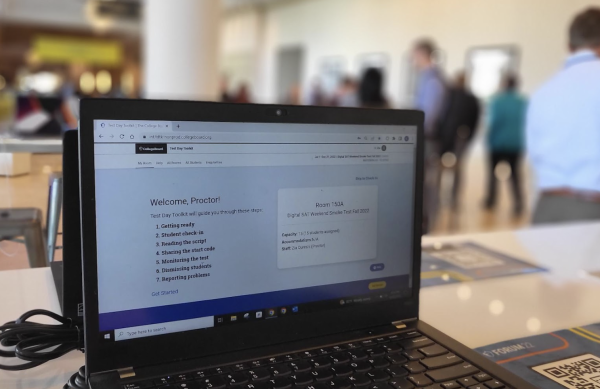Monthly Early-Release Days: Effective or Defective
April 1, 2022
The growing pressures from a return to in-person learning have affected both students and teachers. In response, beginning in Nov. 2021, Lexington High School has implemented a monthly early-release day policy; one Friday each month, students are dismissed earlier while faculty members stay at school to collaborate with their colleagues or work independently. Overall, these early-release days have greatly helped students and staff, proving their effectiveness
For students, being released early has several benefits. Since the day is shorter, each class is condensed, and students seem to enjoy the change of pace it brings.
“The blocks are less learning and more project based. [Teachers will] have a shorter assignment for us to do just on that specific day rather than continuing through slideshows or extra learning,” Sara Mei, a senior at LHS, said.
The half-day also gives students extra time in the afternoon, which can be used to catch up on work or relax with friends. This is especially useful with the recent surge of the Omicron variant since many students have had to quarantine at home. Rather than being left behind in class when they return to in-person learning, the half-day allows students to ask their teachers questions or make up assessments.
“A bunch of my friends are using that day as time that they can make up assessments, especially with COVID,” Mei said, “Making up assessments is really helpful.”
Many students also use half-days as an opportunity to unwind.
“Some of my friends, they really do appreciate being able to take that day and go to the center or go home early,” Mei said .
Teachers also believe that the half-days are beneficial to students.
“Students can catch up on work, sleep, or socialize, read, get some sunlight, vitamin D, all of those things,” Carrie Conlon, an English teacher at LHS, said.
Students aren’t the only ones reaping benefits. The transition to full-time in-person learning has also been difficult for teachers as teaching continuously throughout the day left less time for them to plan lessons and grade assessments.
“Last year was a hard schedule somehow, but it was also easy in the sense that I had plenty of time to plan,” Conlon said. “And this year we’re back to more of the old schedule. Things are moving so fast that my planning efficiency slipped a lot. It was just so different this year.”
The additional half-days have given teachers extra time to catch up on work and ensure that they are prepared for class.
“The half days are giving me back time to meet with colleagues to co-plan, calibrate on timing of a unit, design lessons, and design assessments. It’s been enormously helpful,” Conlon said.
Despite the numerous benefits of the half-days, parents are concerned that the early release policy could decrease required time-on-learning. However, Julie Hackett, the superintendent of Lexington Public Schools, has said that in the current situation, early-release days do not interfere with learning standards.
Although these early-release days are scheduled through the current school year, they are unlikely to continue in the upcoming school years. But perhaps LHS desperately needs them, regardless of the global pandemic.
“For years, elementary schools have been doing a weekly half-day for the explicit reason that teachers need to get together with their teams and organize, streamline, and develop curriculum. And at the high school, we’ve never had that, and we need it just as much. So I think it’s a no-brainer to keep it personally,” Conlon said.
Even though this school year has been challenging, teachers will still need the extra time to collaborate with fellow staff post-COVID-19. Considering the immense benefits early-release days have brought to students and staff alike, LHS should consider their continuation into future years.



